What Are The Hardest Golf Courses in GB&I?
Many play the game mainly for fun, but if you want to really test your game, what are the hardest golf courses in GB&I? We pick out 12 toughies here...


Many play the game mainly for fun, but if you want to really test your game, what are the hardest golf courses in GB&I? We pick out 12 toughies here...
What Are The Hardest Golf Courses in GB&I?
Some golf courses might be fearsome off the back tees, but a little more friendly when you venture forward. Others are just hard, full stop!
Given The R&A’s desire to thoroughly test the best players in the world, it’s no surprise that certain Open venues feature in this ‘hardest golf courses in GB&I’ article.
Indeed, our round-up of the hardest golf courses in GB&I starts on the links turf of some of our Open Championships tests before venturing elsewhere…
The Open venues
Carnoustie's Championship links is regarded by many as the very toughest Open Championship links for two main reasons. First, the superbly strategic bunkering places a huge emphasis on positional play throughout.
Get the Golf Monthly Newsletter
Subscribe to the Golf Monthly newsletter to stay up to date with all the latest tour news, equipment news, reviews, head-to-heads and buyer’s guides from our team of experienced experts.
Then, whether or not you manage to avoid the sand, it probably has the scariest three-hole finishing stretch in GB&I. In The Open, the 16th is all but 250 yards. The par-4 18th is then just one yard shy of 500 as the Barry Burn makes its presence felt.

Many a player has come a cropper here with the hotel and finishing line in sight!
Down on the north-west coast of England, Royal Birkdale and Royal Lytham & St Annes both pose stern tests. Birkdale probably has the toughest opening hole on the Open rota, then asks question after question as it winds through the valleys between the dunes.

Lytham is also supremely well-bunkered and blessed with a finishing quartet to strike fear into the heart of any Open challenger, despite length not being the primary issue. Just ask Adam Scott who bogeyed all four in 2012’s final round to lose out to Ernie Els.
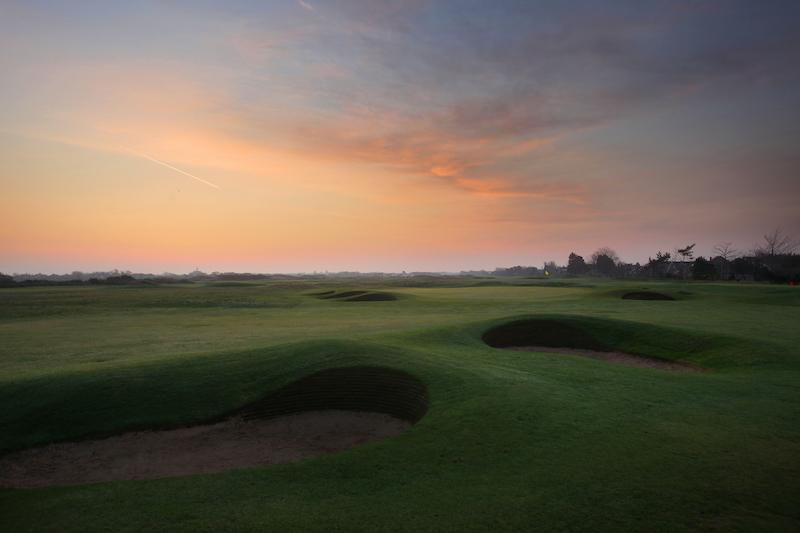
More renowned toughies
Down in Cornwall, the Jack Nicklaus Signature course at St Mellion is a former European Tour venue that is as unrelentingly demanding as it is beautiful. Several greens are cut unfeasibly into steep slopes, including the 3rd, 4th, and 14th.
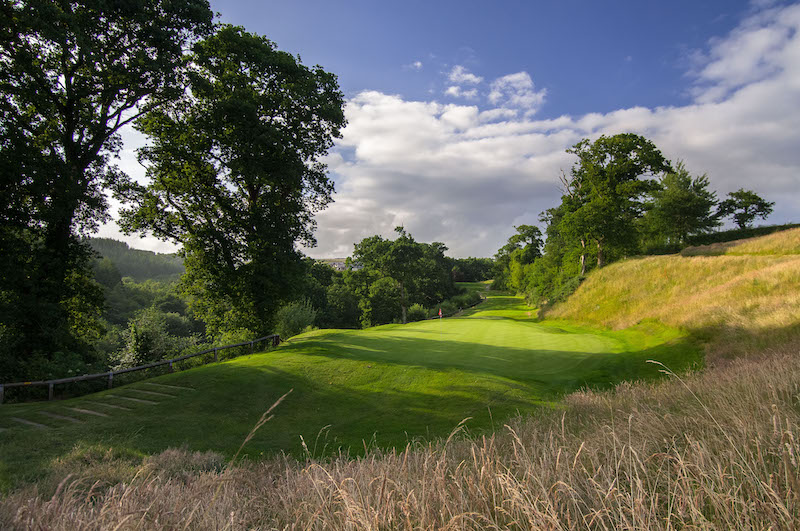
The par-3 4th presents a fearsomely narrow target with no margin for error right and not much to shout about left either. It’s definitely wise not to worry too much about your score around this course.
For most golfers, length is a major factor when it comes to toughness, but our next two are tough even if you’re not playing from the tips.
The Wales National course at The Vale Resort in south Wales stretches to almost 7,500 yards and features Wales’ longest par 5 in its 607-yard 2nd. But water, tricky doglegs and occasionally very tight landing zones pose a challenge throughout.
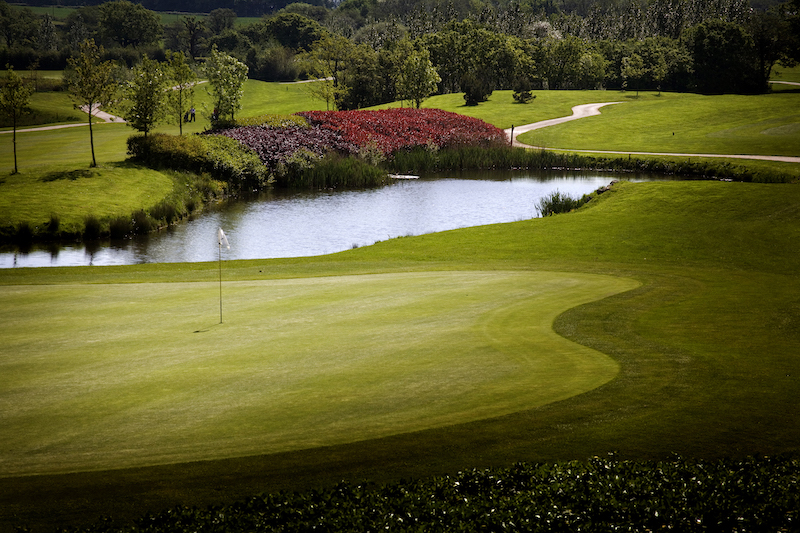
And don’t be fooled by the drivable par 4, wedge par 3 start to Walton Heath’s New Course. You’ll notice some tiny tees way back in the heather on the back nine, from where the inward half measures 36 yards short of 4,000 yards! As if that wasn’t enough, the heather here is as stern a test as on any heathland course.

A quick nod here too to the 21st-century Sandy Hills links at Rosapenna in County Donegal, designed by Pat Ruddy.
It is a breath-taking spot to play golf, but with hole after hole threading its way through the tall dunes, often with thick rough on both sides, there’s little margin for error. Bring your ‘A’ game here, especially if the wind is up.

For very specific reasons
We may already have gone into quite a few specifics above, but the toughness of our final five generally revolves around one very specific reason.
At Woodhall Spa’s Hotchkin course in Lincolnshire, and also at Ganton in Yorkshire, it’s very much about the bunkering. The bunker counts tops 100 at both, but much more than that, it’s about their depth.

Both courses are blessed – if that’s the right word – with some of the deepest bunkers of any inland course within these shores, and that means unerring accuracy is required. From many of them, you simply won’t be able to progress your ball very far at all.
At Rockliffe Hall near Darlington, it’s all about overall length, with the course believed to be the longest in Europe off the gold tees at 7,879 yards. That’s nearly 4.5 miles even without all golf’s additional to’ing and fro’ing.
The shortest – yes, shortest – par 4 is the 399-yard 18th, and three par 5s exceed 600 yards (the 7th is 664 yards!). Thankfully, the yellow tees are a more manageable 6,455 yards.
On the theme of par 4s and par 5s, Aldeburgh in Suffolk is a thorough test because it offers you none of the latter and 12 of the former in excess of 400 yards. This means that birdie chances can be few and far between, especially on the 16th, which measures 474 yards.
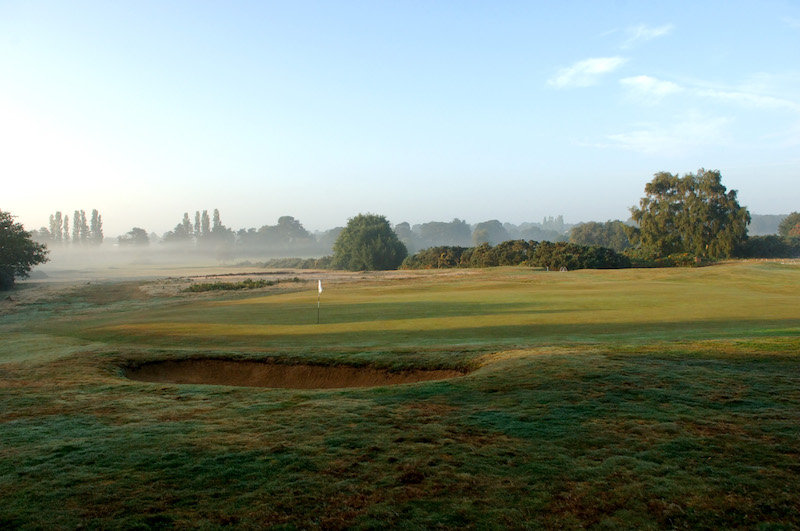
A parting shot…
Finally, extended finishing stretches don’t come any tougher than at Royal Cinque Ports on the Kent coast.
When you turn for home from the 12th, you will invariably be playing into the wind all the way, with the par-5 16th often the only real opportunity. Even then, it’s no pushover.
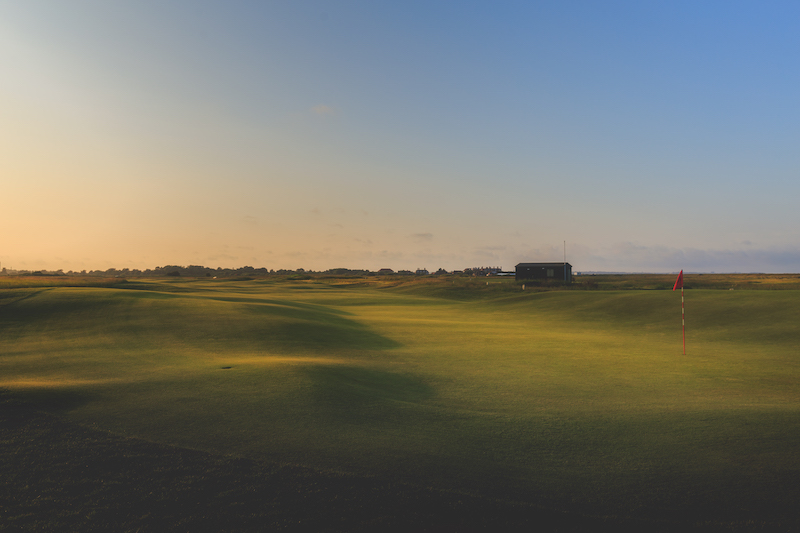
From the 12th, the yardages off the tips read 460, 485, 219, 476, 549, 394 and 454. Good luck! You’d better have made some sort of score on the way out.
We hope you have enjoyed our look at the hardest golf courses in GB&I. Before you have too many nightmares, remember – forward tees are available to often significantly soften the blow!

Jeremy Ellwood has worked in the golf industry since 1993 and for Golf Monthly since 2002 when he started out as equipment editor. He is now a freelance journalist writing mainly for Golf Monthly. He is an expert on the Rules of Golf having qualified through an R&A course to become a golf referee. He is a senior panelist for Golf Monthly's Top 100 UK & Ireland Course Rankings and has played all of the Top 100 plus 91 of the Next 100, making him well-qualified when it comes to assessing and comparing our premier golf courses. He has now played 1,000 golf courses worldwide in 35 countries, from the humblest of nine-holers in the Scottish Highlands to the very grandest of international golf resorts. He reached the 1,000 mark on his 60th birthday in October 2023 on Vale do Lobo's Ocean course. Put him on a links course anywhere and he will be blissfully content.
Jezz can be contacted via Twitter - @JezzEllwoodGolf
Jeremy is currently playing...
Driver: Ping G425 LST 10.5˚ (draw setting), Mitsubishi Tensei AV Orange 55 S shaft
3 wood: Srixon ZX, EvenFlow Riptide 6.0 S 50g shaft
Hybrid: Ping G425 17˚, Mitsubishi Tensei CK Pro Orange 80 S shaft
Irons 3- to 8-iron: Ping i525, True Temper Dynamic Gold 105 R300 shafts
Irons 9-iron and PW: Honma TWorld TW747Vx, Nippon NS Pro regular shaft
Wedges: Ping Glide 4.0 50˚ and 54˚, 12˚ bounce, True Temper Dynamic Gold 105 R300 shafts
Putter: Kramski HPP 325
Ball: Any premium ball I can find in a charity shop or similar (or out on the course!)
-
 Real Players Use Long Irons, Right? Well, Fred Couples Nearly Made The Cut At The Masters At 65 Years Old, And His Longest Iron Is A…
Real Players Use Long Irons, Right? Well, Fred Couples Nearly Made The Cut At The Masters At 65 Years Old, And His Longest Iron Is A…Both Couples and Bernhard Langer turned back the clock brilliantly over the first two days at Augusta National and did so with some interesting bag setups.
By Joe Ferguson Published
-
 The Augusta National Member Who Is (Sort Of) Playing In The Masters This Weekend
The Augusta National Member Who Is (Sort Of) Playing In The Masters This WeekendAugusta member Michael McDermott is playing as a scorer this weekend as an odd-number of players made the cut
By Michael Weston Published